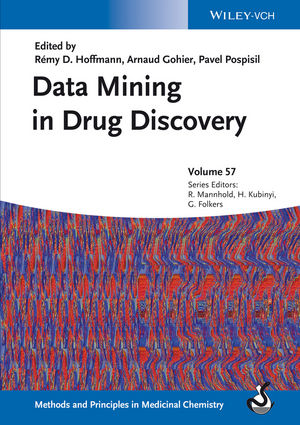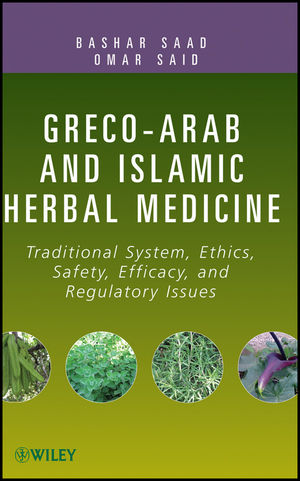Separation and isolation of plant constituents
- Introduction and use of spectroscopic and chromatographic techniques for the identification of natural products
- Description and interpretation of ultraviolet
- Infrared
- Mass
- Nuclear magnetic resonance (1H-NMR and 13C-NMR) spectra and other advance techniques to elucidate the structure of natural products
Carbohydrates and related compounds
- Introduction and classification of carbohydrates
- Sugars as adjuvant in drugs
- Role of impurities in sugar substances
- Sucrose and sucrose containing drugs
- Sucrose
- Dextrose
- Liquid glucose
- Fructose
- Lactose
- Xylose
- Caramel
- Starch
- Inulin
- Dextrine etc
- Cellulose and cellulose derivatives
- Powdered cellulose
- Microcrystalline cellulose
- Methyl cellulose
- Sodium Carboxy-methyl cellulose
- Gums and mucilage
- Tragacanth
- Acacia
- Sodium alginate
- Agar
- Pectin
Alkaloids
- Introduction
- Properties
- Cassification
- Function of alkaloids in plants
- Methods of extraction and identification tests
- Pyridine-Piperidine alkaloids
- Tropane alkaloids
- Belladonna
- Hyoscyamus
- Stramonium
- Quinoline alkaloids
- Isoquinoline alkaloids
- Indole alkaloids
- Rauwolfia
- Catharanthus
- Nux vomica
- Physostigma
- Ergot
- Imidazole alkaloids
- Steroidal alkaloids
- Alkaloidal amines
- Purine bases













